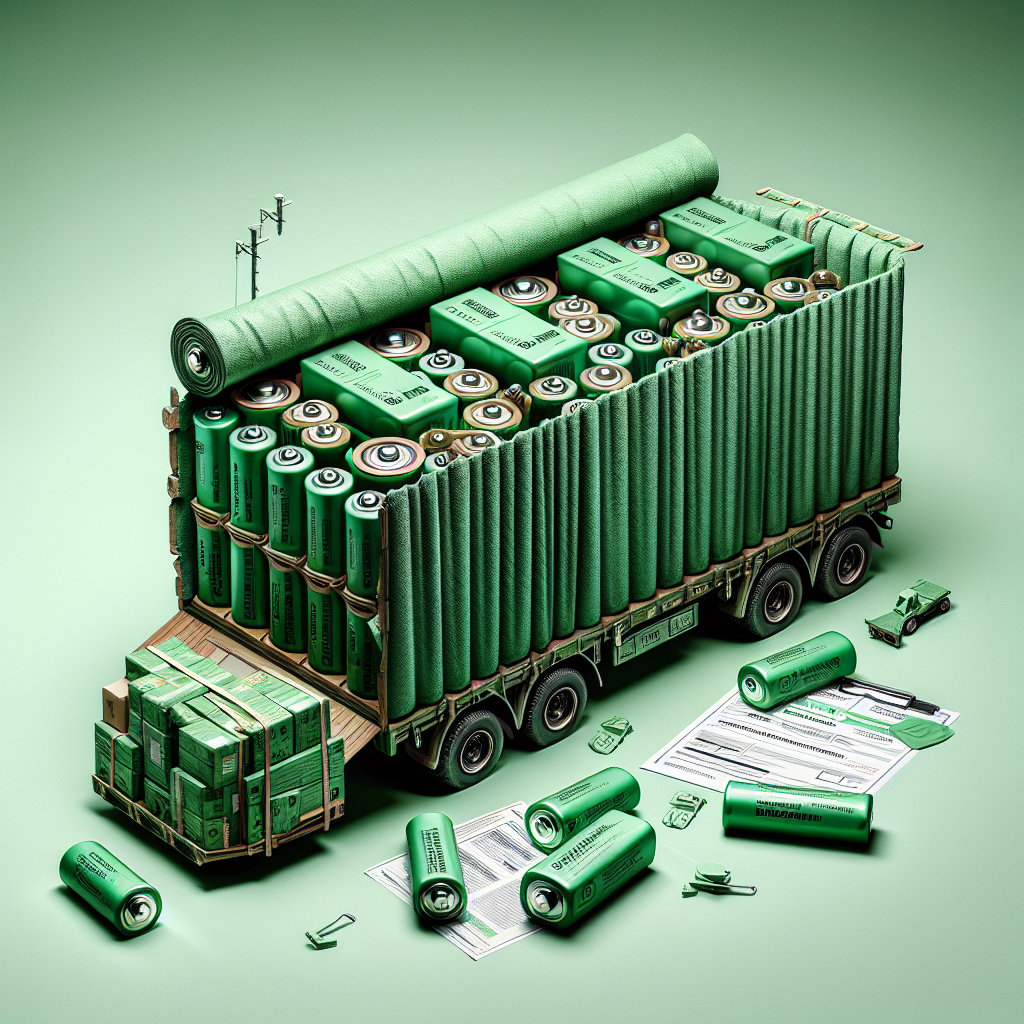Blog Ecobraz Eigre

Batteries damaged in transit: which packaging and reports to use for transportation?
Importance of safe transportation of damaged batteries
Damaged batteries require special care in transportation to avoid safety risks such as leaks, corrosion and short circuits. This care involves the use of specific packaging and appropriate documentation to ensure compliance with current standards.
Applicable standards and regulations
The transportation of damaged batteries is regulated by international standards, such as the UN (United Nations Regulations for the Transport of Dangerous Goods), and national legislation that requires the use of approved packaging and technical reports to prove that the batteries have been examined and packaged correctly.
Recommended types of packaging for damaged batteries
Packaging for damaged batteries must be resistant to impacts, leaks and short circuits. Generally, waterproof and padded secondary packaging is used, combined with leak-proof primary containers such as drums or reinforced plastic boxes. It is essential that the packaging is certified according to UN standards and correctly marked.
Required reports for safe transportation
The safety assessment report is essential for the transportation of damaged batteries. This document certifies that the battery has been inspected by qualified professionals and that the condition of the battery allows it to be shipped safely. In addition, the Dangerous Goods Transport Document (DTPP) must be issued, in accordance with legal requirements, containing detailed information on the type of battery, origin, destination and safety measures adopted.
Packaging and labelling procedures
Before transport, damaged batteries must be identified, cleaned and packaged to minimize the risk of short-circuiting and leakage. The use of insulating materials between terminals and internal packaging must be strict. External packaging must contain risk labels for batteries and dangerous goods, following UN standards.
Tips to ensure safety during transportation
In addition to packaging and reports, it is recommended to plan the transportation route avoiding exposure to high temperatures and impacts. It is important that the vehicle is equipped with equipment to contain leaks and that the driver has specific training in handling and driving dangerous products.
Conclusion
The transportation of damaged batteries requires strict attention to standards and good practices to ensure the safety of people, the environment and property. Using approved packaging, issuing accurate technical reports and following packaging and labeling protocols are essential steps for a legal and safe operation.

Deixe um comentário
O seu endereço de e-mail não será publicado. Campos obrigatórios são marcados com *